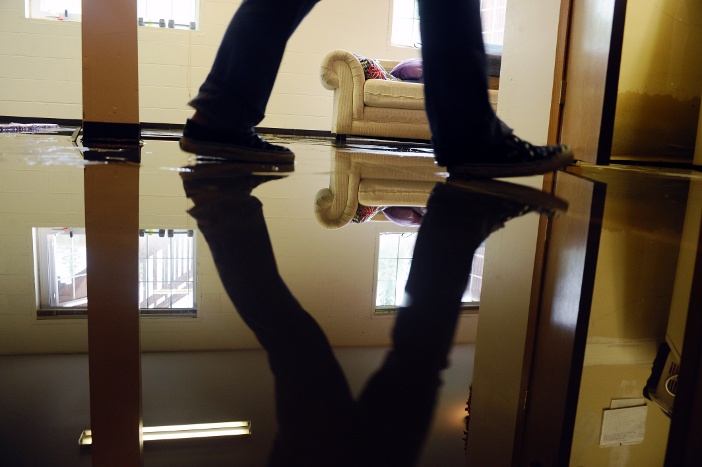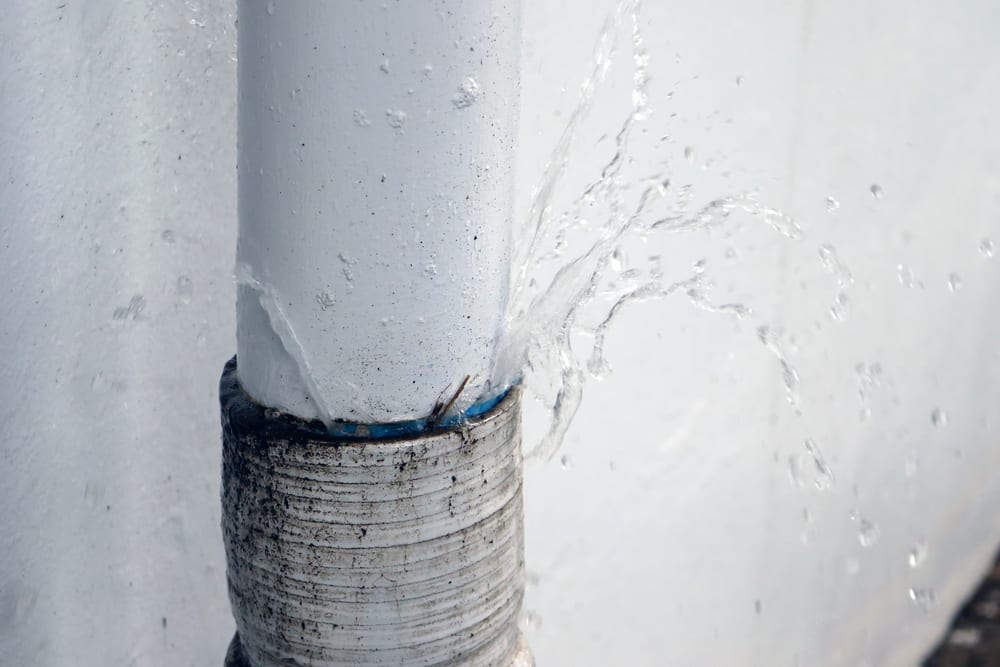What to Efficiently Detect and Resolve a Busted Pipe Issue
What to Efficiently Detect and Resolve a Busted Pipe Issue
Blog Article
Are you currently trying to locate info about How to install a dishwasher safely?

A ruptured pipeline is a major emergency; you can only stand as you see water you pay very much to reunite with the earth. In even worse situations, you notice a swimming pool on your kitchen area floor, which is a wonderful journey hazard, specifically if you have kids around. If the pipeline that burst remained in your walls, trouble: you may require to paint that whole area.
How can a disaster like a ruptured pipe be protected against as well as managed? Well, by listening to your professional emergency plumbing professionals and complying with these rules.
Just how do I know when my pipes have ruptured?
Varying water pressures
Pipes do not just burst in a day. You may have observed that your cooking area tap or shower does not run promptly when you transform the tap. It may pause for a couple of seconds and afterwards blast you with more force than typical.
In other circumstances, the water may appear typical in the beginning, then drop in pressure after a few seconds.
Damp wall surfaces and also water discolorations
Prior to a pipeline ruptureds, it will certainly leak, many times. If this consistent dripping goes undetected, the leakage might graduate into a wide gouge in your pipe. One simple means to prevent this emergency is to look out for damp wall surfaces ad water spots. These water stains will lead you right to the leakage.
Puddles under pipelines as well as sinks
When a pipeline bursts, the discharge develops a puddle. It might appear that the pool is growing in dimension, and regardless of how many times you wipe the pool, in a couple of minutes, there's an additional one waiting to be cleaned. Often, you may not have the ability to map the puddle to any type of noticeable pipes. This is an indication to call a specialist plumber.
Untraceable trickling noises
Pipe bursts can occur in one of the most undesirable areas, like within concrete, inside walls, or under sinks. When the house goes silent, you may be able to hear an irritatingly relentless trickling sound. Also after you have actually inspected your shower head and kitchen faucet, the leaking may continue.
Beloved visitor, the leaking might be coming from a pipeline inside your walls. There isn't much you can do regarding that, except tell an expert plumber.
Shut down the Water
When water ices up, it broadens in quantity by regarding 9 percent. And also it expands with significant pressure: The pressure inside pipelines might go from 40 pounds per square inch to 40,000 psi! No pipe can hold that much stress, so it bursts. The break may take place where the ice forms, but regularly, it happens where water stress discovers a weak point in the pipeline. That might be inches or perhaps feet from the frozen area. Locate the water shutoff valve and switch off the water to avoid even more damages. You may also require to shut down the electrical energy too, depending on where the leaks happens as well as just how large it is.
Contaminated water
Lots of people presume a burst pipe is a one-way outlet. Rather the contrary. As water drains of the hole or tear in your plumbing system, impurities find their method.
Your water might be polluted from the source, so if you can, inspect if your water tank has any problems. Nonetheless, if your alcohol consumption water is supplied as well as cleansed by the city government, you need to call your plumber quickly if you see or scent anything amusing in your water.
What do I do when I identify a ruptured pipe?
Your water meter will certainly continue to run also while your water wastes. To minimize your losses, locate the main controls and also turn the supply off. The water mains are an above-ground framework at the edge of your residential or commercial property.
How to Fix & Detect a Leaking Pipe
How Do I Know if a Pipe is Leaking?
Leak detection tests can help you determine if your pipe has a leak. Even if you don’t see an apparent leak, you should still conduct leak detection tests regularly to save water and money—and prevent major damage to your home.
Water meter. It can be helpful to figure out what your usual water meter usage numbers are and then monitor them regularly. To monitor your meter, first, turn off all water faucets in your home. Check the meter and write down the numbers. In a few hours, check the meter again. If the numbers have changed, you have a leak. Water gauge. Use a water gauge to test your water pressure. Your showerhead should produce a certain amount of water pressure based on its model and design. If the pressure is lower than it is supposed to be for that specific showerhead, your home likely has a leak. Puddles. Look inside your bathroom, laundry, and kitchen sink cabinets. Puddles around the cabinets or around toilets, tubs, showers, and washing machines indicate the presence of a leaking pipe. You may also notice loose tiles, peeling or flaking paint, or mold caused by water accumulation. Napkin test. Even if you don’t see any puddles, you may still have a leak. You can test for water leaks in the bathroom, laundry, and kitchen by wiping below-sink connections with a napkin, paper towel, or piece of toilet paper. If it becomes damp, you probably have a leaking pipe under the sink. Discolored walls. Walls that are discolored—usually with brown or yellow stains—or bulging might mean that they have been impacted by water damage caused by a leaking pipe. Smell. A leaky pipe will create sitting water, and over time, that water may develop a musty smell. If your home smells musty, but you can’t locate the source, it may be due to a leak. Steps for Fixing a Leaking Pipe
A leaky drain can be remedied by tightening the pipe base, replacing the drain seal, caulking the rim, and tightening the pipe nut. Similarly, a leaking toilet pipe can be treated by tightening the packing nut. You may also need to replace the valve. A leaky faucet may just need tightening or replacement of the washers. If that doesn’t work, consider replacing your faucet. If your pipe has a hole in it, you may want to use a pipe leak sealer or pipe leak tape. This quick fix for water pipe leaks can also temporarily fix a copper pipe leak. https://www.ahs.com/home-matters/quick-tips/how-to-tell-if-pipes-are-leaking/

Hopefully you enjoyed our article about How to Prepare for Your Dishwasher Installation. Thank you so much for taking the time to read our piece of content. Loved our blog entry? Please share it. Help another person find it. We truly appreciate reading our article about What to Know Before Installing a Dishwasher.
Effective solutions await. Report this page